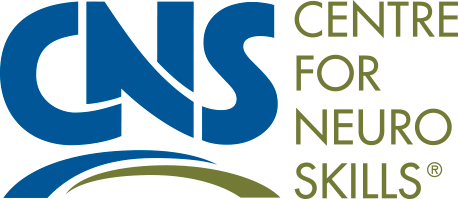(Note: This is a guest blog from Brent E. Masel, M.D, the Executive Vice-President for Medical Affairs for CNS and a Clinical Professor of Neurology at the University of Texas Medical Branch in Galveston. In this article, Dr. Masel addresses the increasing rate of strokes in young people).
As is well known, stroke is one of the leading causes of disability and death in the United States. We all assume this is a problem of the elderly. For the most part, it is; nevertheless, it is increasingly becoming a significant problem in the younger population.
Interestingly, the incidence of strokes in the US amongst patients older than 65 years has decreased over the past few decades. Population studies, however, have shown an increase in strokes in young adults. Nationally, approximately 11% of strokes occur in young adults.
We are now seeing an increased prevalence of traditional cardiovascular risk factors in adults aged 18 to 64. The prevalence of three or more conventional risk factors such as hypertension, elevated cholesterol, tobacco use, and obesity has nearly doubled in young adults when compared to older populations. Additional “lifestyle diseases” that increase the risk for stroke include substance abuse such as cocaine and possibly cannabis. Cervical artery dissection (tearing of the carotid artery in the neck), usually caused by trauma to the neck is an essential cause of stroke in the young adult population.
Migraine may be a cause of stroke in a large percentage of patients, especially those with well-defined premonitory symptoms. The risk of stroke in women with migraines is especially increased in those who are heavy smokers. Oral contraceptive use has long been known to be a possible cause of stroke in young females, again, with an increased risk with heavy smoking.
It should also be noted that despite a comprehensive evaluation, in a considerable portion of young stroke patients, no clear cause is found.
A stroke in a young adult carries a significant risk for post-stroke complications. A Dutch study showed that the risk of mortality is four times higher in young patients who have strokes compared to those who don’t. Post-stroke depression is common at all ages and is undoubtedly very important in the young. It also may be related to increased mortality in the young adult population. Other factors that may contribute to a poor outcome include post-stroke pain, cognitive deficits, fatigue, and sexual dysfunction.
Children are not immune to strokes. An extensive survey in the United States found an incidence of stroke of .58 per 100,000 children aged 1 to 14 years. The most common causes were blood vessel disease and sickle-cell disease. Approximately 17% of children with sickle cell disease will have a clinically silent stroke as detected by MRI. 10%-15% of children with sickle cell disease will have a stroke by age 20. Sickle cell disease, therefore, is an important potentially preventable cause of stroke in children and young adults.
Interestingly, a chickenpox infection in the preceding year was noted in 31% of children aged 6 months to 10 years who had a stroke compared to a 9% rate in the general population. The risk of chickenpox associated stroke is estimated to be one in 15,000 children.
So what can the reader take away from this blog?
Strokes in the young adult population are on the rise even though it is decreasing and the older adult population. To a great extent, many of the risks of having such an unfortunate event can be modified by lifestyle changes. We encourage the readers of this blog to take inventory of their lifestyle choices and take control of their health.


Leave a Reply